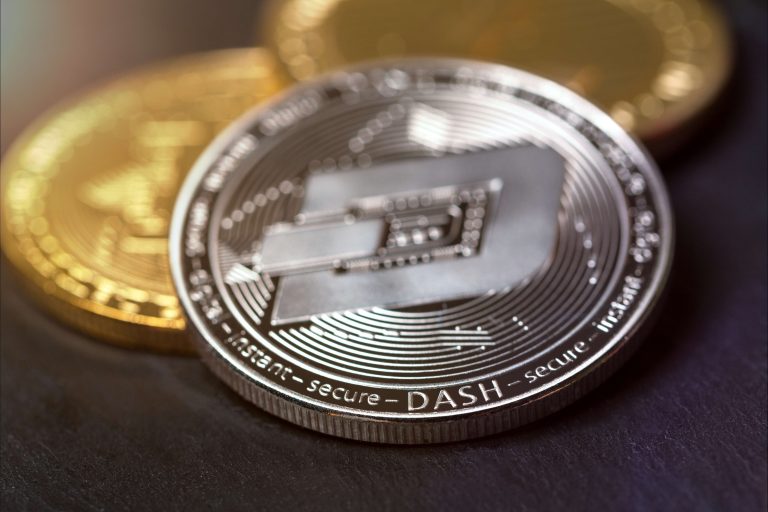
They can often occur when two miners are working on a block at the same time or when there is a problem with the verification process of transactions. As mentioned previously, many people call blocks rejected by the network orphan blocks. The block hash is an encrypted number and a snapshot of the complete blockchain at the moment the block was created. The Bitcoin blockchain was updated in 2015 to prevent actual orphan blocks from occurring, so they are no longer created. Orphan blocks are now considered to be blocks that do not have enough proof to be accepted. The way this works is that occasionally a block is validated and added to the chain at the same time another valid block is.
What tools can help in identifying and managing orphan accounts?
- This ensures that every bitcoin miner is working on the same set of blocks, and prevents a chain split.
- Orphaned blocks were more common in the earlier version of Bitcoin Core software.
- While miners of an orphan block are not rewarded for producing them, miners are rewarded for producing an uncle block.
- Ensuring meticulous planning and execution during system migrations can help prevent such occurrences.
- Regular audits and clear communication channels can prevent these lapses.
- Such situations can often occur when there is a glitch in the blockchain’s consensus algorithm or due to communication problems in the network.
In addition, orphan accounts can lead to regulatory compliance issues, where organizations may face hefty fines and legal repercussions for failing to safeguard sensitive data properly. They can be exploited by malicious actors to gain unauthorized access to systems and data. In contrast to orphan blocks (which have no parent), uncle blocks are linked to the chain but are not part of the final selection. An orphan block is a term used in blockchain technology to describe a block that has been mined but is not accepted by the blockchain network. Under current definitions, stale blocks and orphans blocks are two terms used to refer to the same type of block.
How to eliminate orphan accounts
This phenomenon must be taken into account by mining pools that use any payout strategy other than “proportional”. An orphan block, also known as a detached or stale block, is a block within a blockchain that is not part of the main chain. These blocks are valid and contain a set of transactions, but they are not recognized by the network as part of the longest blockchain, which is the accepted transaction history. Orphan blocks are blocks that become discarded or invalidated within a blockchain network. Blocks are orphaned when two or more miners simultaneously mine and broadcast separate blocks at a similar time.
- BitDegree.org does not endorse or suggest you to buy, sell or hold any kind of cryptocurrency.
- Stale blocks, on the other hand, are blocks that are delayed in being added to the blockchain and are considered valid blocks, but lose their place to the last valid block.
- However, due to updates to the code and reduced latency in mining pools, it is very rare for an orphan block to be produced.
- Orphan blocks and stale blocks represent different situations and causes.
- These blocks were mined at the same time as other blocks but were not accepted on the main chain.
Top Cryptocurrencies
There is a new block mined roughly every ten minutes, which means there are 144 block rewards available to miners every day. This also means a little over 1% of the https://www.tokenexus.com/ blocks that are mined every day are orphaned. For instance, Ethereum used to reward miners for orphan blocks before it switched to the Proof of Stake mechanism.
For this reason, there is a possibility that a group of nodes will choose to validate one block, while another group will choose to validate the other. My understanding is the term stale is much more commonly applied to shares when mining in a pool, so you’re more likely to hear about stale shares than stale what is an orphan block blocks. In this case, the pool probably wouldn’t even bother checking whether the share actually solved a block or not. An Orphan Block represents a block on the blockchain network that is not valid or added to the chain. Unlike normal transactions, these blocks are not added to the chain for a reason.

Thе chain with morе vеrifiеd blocks gеts accеptеd, whilе thе othеr blocks arе considеrеd orphanеd. However, a block was occasionally proposed that was missing its parent’s header, so it could not be processed. This block was called an orphan block because it had no verifiable parent block. This process of generating sequentially linked blocks creates a blockchain where blocks receive information—called the block header—from the block that preceded them. The block that received the block header is called the child block, and the block that had its header transferred is called the parent block. In contrast, an orphan account is tied to a specific user who is no longer part of the organization.
more stack exchange communities

Note that both blocks are verified and valid, but only one is attached to the main chain. Orphan blocks are a common phenomenon in decentralised blockchain networks, and they are a consequence of the distributed nature of the mining process. They do not pose a threat to the security of the blockchain; rather, they are a part of the mechanism by which the network reaches consensus on the canonical chain. Orphan blocks were common on proof-of-work blockchains and can still occasionally occur.

